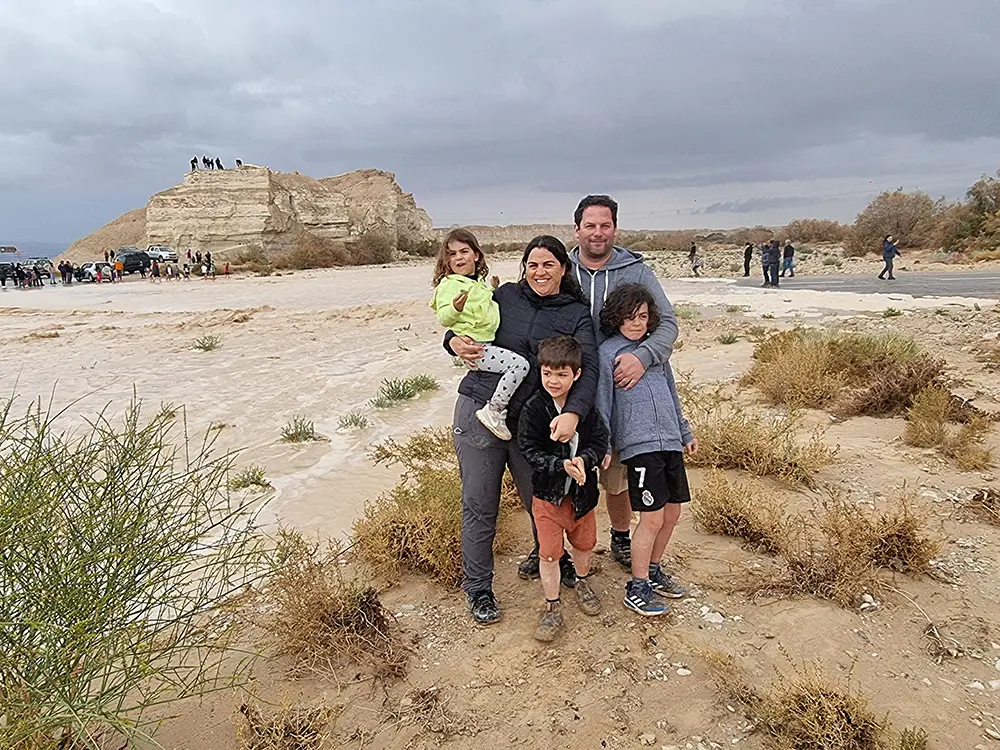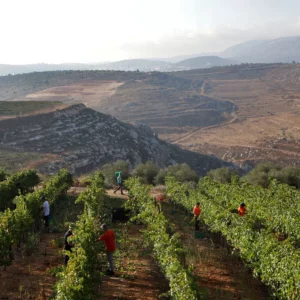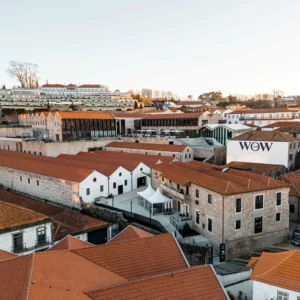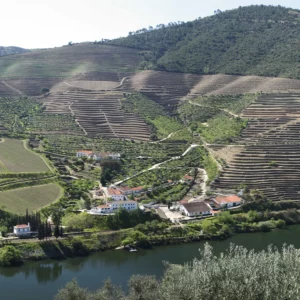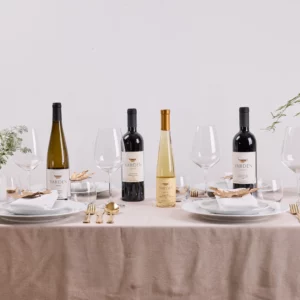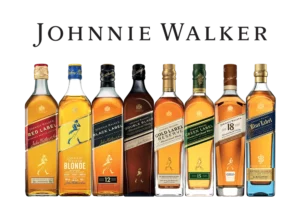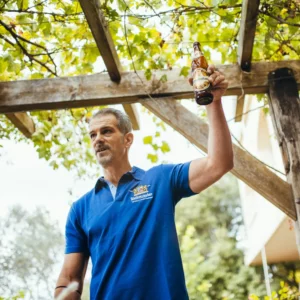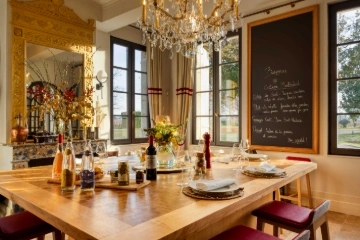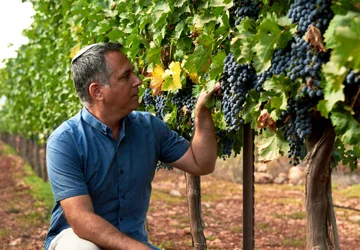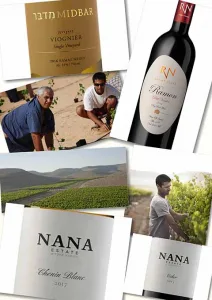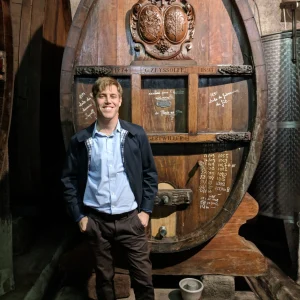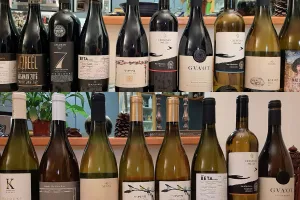When I made aliyah in 1989, there were just twelve wineries. In those days all of them, except one, also made spirits and liqueurs. The exception was the Golan Heights Winery. Then, we used to talk about only one region in Israel in relation to quality. That was the high elevation, volcanic Golan Heights. The largest wine growing region was around the southern slopes of Mt Carmel, or what may be described as the northern Coastal region. The most planted variety by far, was Carignan. The largest selling wine was Carmel’s Selected Emerald Riesling.
This article was previously published in the Jerusalem Post.
Fast forward thirty years, there are now 350 wineries. No less than thirteen of them produce more than a million bottles of wine a year. They collectively count for well over 90% of the wine produced in Israel. The ginormous wineries are Barkan-Segal, Carmel, Teperberg and Golan Heights. The large wineries are Tabor, Binyamina, Recanati, Dalton, Galil Mountain and Tishbi. Finally, there are those traditional wineries that have been around a long time, which in the past, mainly produced Kiddush wine and grape juice. Each has gone through its own metamorphosis in the last decade or so. They are Arza-Hayotzer, Zion Winery and ‘Jerusalem Vineyard Winery’ (to distinguish it from another Jerusalem Winery.) They are larger than is commonly thought and comfortably fit into the top ten. As far as wine regions are concerned we today talk about the Galilee, the Coastal Plain, the Central Mountains, Judea and the Negev, too. The Golan Heights, Upper Galilee and Judean Hills are known internationally for producing particularly fine wines. Today the most planted variety is Cabernet Sauvignon, possibly the number one brand in Israeli wine. The largest selling Israeli wine is the Golan Heights Winery’s Mount Hermon Red.

The revolution in the quality of Israeli wine started nearly five decades ago. This was initially by the ageing of wine in barriques (small, new oak barrels) for the first time and in the use of better quality corks. Then the Golan Heights Winery introduced state-of-the-art equipment, New World technology and imported expertise from California. They were the first winery to use high elevation vineyards and for the first time decisions in the vineyard, (including how to prune & when to harvest,) passed from the grower to the winery. Previously the winemaker and grower probably met only at the harvest, when the grapes were brought to the winery. Since those primitive days, the winemaker and grower have become partners, not in growing grapes in the vineyard, but in growing wine, together.
Whereas the main changes of the eighties and nineties happened in the wineries, the technological advances of the 2000s has occurred more in the vineyards. Once, decisions in the field were made on a basis of intuition and gut feeling. The farmer who had endured most seasons, was thought to be the one who had the best feel for what needed to be done. Now, things are done differently. Decisions are not based on hearsay, but on science, research with statistical data from meteorological stations, satellite images and soil mapping….. and all the other benefits progress and technology has given to the agricultural sector.
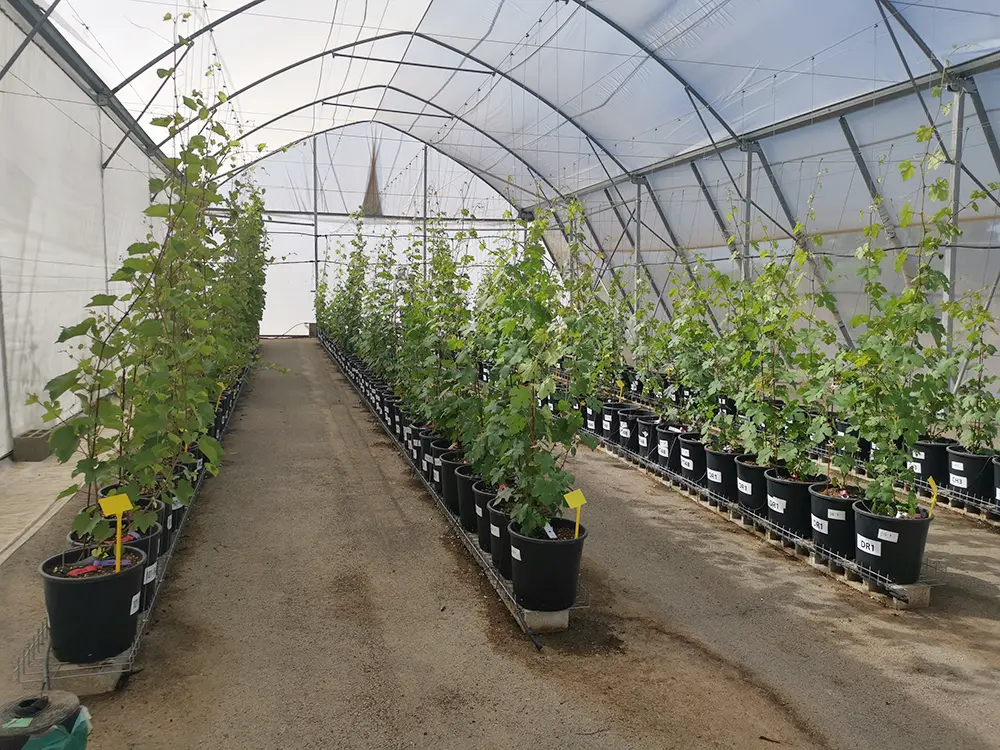
The main body administering Israeli wine is the Israel Wine & Grapes Board, which was founded in 1962. It is affiliated to the Ministry of Agriculture. On the Board are growers and winery representatives. The involvement of the large, more traditional wineries, like Carmel, Barkan, Golan Heights, Teperberg and Binyamina, on one side gives authority to make decisions, but only if there is agreement. On the other hand it can bring paralysis if there is not, because everyone has their own partisan interests. The experienced manager is Tzachi Dotan, who balances the demands of the ministry, growers and wineries with great skill.
The Board mainly represents the growers and the agricultural sector of Israeli wine, but has had virtually nothing to do with marketing, developing the industry or export. In fact over the years the Israel Export Institute has done far more to advance Israeli wine overseas.
 One of industry’s more inexplicable failures has been the inability to update the Israel wine map of regions. The current map lists the regions as Galilee, Shomron, Samson, Judean Hills and Negev. These were decided on in the 1970’s and have never been updated, despite all the developments and changes. This is important because every exporter has to put a wine region on the label and ideally the regions should mean something. I have been waiting for the registered regions to be updated for thirty years. It is amazing that something so simple should have turned out to be so complicated. One of the problems is the parties around the table. They all have their own objectives. Anyway, recently IPEVO, the organization for Israeli winemakers & viticulturists, came up with their own map showing the main vineyard regions. Let’s hope this will inspire and push the powers that be, to resolve the absurdity of paralysis that has affected them on this issue.
One of industry’s more inexplicable failures has been the inability to update the Israel wine map of regions. The current map lists the regions as Galilee, Shomron, Samson, Judean Hills and Negev. These were decided on in the 1970’s and have never been updated, despite all the developments and changes. This is important because every exporter has to put a wine region on the label and ideally the regions should mean something. I have been waiting for the registered regions to be updated for thirty years. It is amazing that something so simple should have turned out to be so complicated. One of the problems is the parties around the table. They all have their own objectives. Anyway, recently IPEVO, the organization for Israeli winemakers & viticulturists, came up with their own map showing the main vineyard regions. Let’s hope this will inspire and push the powers that be, to resolve the absurdity of paralysis that has affected them on this issue.
Far more serious has been the specter of virus attacking the vineyards in Israel, steadily destroying the Israel wine industry at source. The prime enemy has been the leafroll virus. Apparently the whole purchasing and growing process was flawed from the import of new plant material, to growing in nurseries through to the management in the vineyards. Even, the main mother block supplying plant material to nurseries was infected with this virus. The country was caught in the headlights of the problem and froze. A coherent, efficient response to this threat to Israeli wine seemed beyond them. This was one of the reasons the Golan Heights Winery invested in their own propagation block and nursery, an amazing and unprecedented project to be undertaken by an individual winery.
In an enlightened move, the Israel Wine & Grapes Board eventually approached Noa Maoz, whose services are greatly in demand in her vineyard consultancy company, ‘Under My Vine.’ They appointed her as the Wine Board’s viticulturist. It was an inspired choice. A cynic may paraphrase Abba Eban, that eventually the right decision is taken, when all the alternatives have been exhausted. However, joking apart, they do deserve immense credit for an excellent appointment. Noa Maoz is one of the most important people in the wine industry in Israel.
A viticulturist is basically an agronomist who specializes in and has studied the science of grapes and vineyards. These are the unsung heroes that clear the way so that growers can care for their vines, and winemakers can turn their fruit into wine. Whilst, the winemaker has the exalted image of a famous chef, the grower and viticulturist lie reasonably unseen by wine lovers and connoisseurs, working under the radar.
Noa Maoz came to the role with the industry in crisis. The cursed the leaf roll virus was decimating our vineyards, was threatening Israeli wine like nothing before. There are those that reported fifty percent of our precious vineyards were affected. However she had the knowledge, experience and respect of those around her.
A resident of the Merom Golan, she studied Biotechnology and Environment Studies at Tel Hai College, followed by Microbial Ecology and Environmental Studies at the Hebrew University of Jerusalem. She bolstered the academic direction, by added practicality in the vineyard and even winery. She started as a laboratory technician at the Golan Heights Winery, doing chemical and biological analysis of wine, and later joined their viticulture department, gaining plaudits for her expertise. Along the way, she gained international experience as a cellar hand in Oregon, and then later studied in Australia. Now, self-employed, she offers the most up to date advice available to growers and vineyard managers, from pre-planting, to growing wine. She is modest, personable, with a bright smile, but don’t be fooled by the easy manner, she is up to date as tomorrow.
The Wine Grapes Board has since taken some key decisions. They decided to import new and clean plant material from South Africa, a country which also suffered from the same virus. The Hishtil nursery was coopted to the effort. They changed the way foundation and mother blocks are grown for plant material. All their plant material is grown in a greenhouse, covered with mesh nets, in pots on tables above the ground. Noa Maoz was there to shepherd and guide the process. The bus has a driver, not only that, but the best driver possible.
One of the repeated criticisms about the Wine Board, was a lack of transparency. Everything here is secret, as though we have something worth hiding. This is contrary to most wine producing countries, which on request can provide more information that one would ever need. It is therefore to her credit, that Maoz has renewed and updated the Wine Board’s website. It is still far from what it should be, but even a journey of a thousand paces begins with one step.
Noa’s husband is Eran Israeli, winemaker and the respected teacher of oenology at the Ohalo College in Katzrin. He was the winemaker of Vignobles Capsouto, whose owner Jacques Capsouto passed away recently. She has three youngish children and when she does not have the future of Israeli wine growing in the palm of her hand, she is to be found travelling, hiking, scuba diving, cooking and reading.
In the last decade, there were two major events or appointments, which have changed Israeli wine considerably. The founding of the W – Wine & Spirits School was the first. This is the approved representative of WSET in London, the most famous wine school in the world. It was founded by Gal Zohar, sommelier-wine educator- Master of Wine candidate, and has single handedly transformed the knowledge and professionalism of a whole generation. Anyone wanting to work in the wine trade or seeking a serious wine course today has an address.
The second in my view is the appointment of Noa Maoz by the Israel Wine & Grapes Board. We have learnt the hard way that it is wiser that the best person possible is in the position to guide our fortunes. If we do not have healthy vines, the whole of the wine industry is undermined. Fortunately, cometh the hour, cometh the women!
The writer is a wine industry insider turned wine writer, who has advanced Israeli wine for 35 years. He is often referred to as the English voice of Israeli wines and is the wine writer for the Jerusalem Post. www.adammontefiore.com


